Cemitério São João Batista
Manaus (Amazonas – AM)
Manaus (Amazonas – AM)
Manaus is the capital of the largest Brazilian state, the Amazonas. It was almost inexistent on the map until the Europeans decided to use the latex extracted from rubber trees in their industries. It was during this period that the state of Amazon started to live a moment of great economic importance: the cycle of rubber.
Its population is formed by indigenous and white people which has grown so remarkably that in 1695 the Carmelite missionaries, jointly with the Franciscans, Jesuits and mercenaries (in charge of catechizing these people and prevent wars) decided to build a chapel near the fort of Saint Joseph of Bar of the Black River “São José da Barra do Rio Negro”, which was named the Chapel of Our Lady of Conception, patroness of Manaus.
The Saint John the Baptist Cemetery, is located on the Boulevard Senator Alvaro Maia, in the district of Our Lady of Thanks, Mid-South area. It was inaugurated by the governor Eduardo Gonçalves Ribeiro, during his administration, in a public event, at 4 p.m.on April 5th, 1891. The cemetery has more than 19 thousand graves, and about 80 thousand people buried. The majestic entrance – Avenue Boulevard Alvaro Maia – leads to one of the iron entrance gates with a barrel-vault coverage and scales of cast iron and glass. This vault was installed in 1905, during the administration of Adolpho Guilherme de Miranda Lisboa. It is an impressive architectural complex which was made by the Foundry Walter MacFarlane & Co., Glasgow, Scotland.
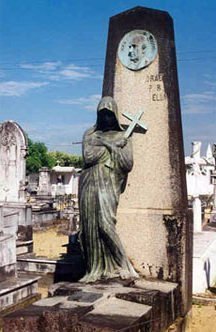
The neighborhood Our Lady of Thanks became a reference in the city of Manaus due to the existence of the Municipal Cemetery of St. John the Baptist. The cemetery follows a standard plant model composed of aligned and sequenced blocks. In its flat topography it groups funerary monuments in marble, dating from the 19th and 20th centuries, and also a series of chapel-tombs, eclectic and modern models. Many graves were imported from Europe thanks to the money that came from the extraction of rubber.
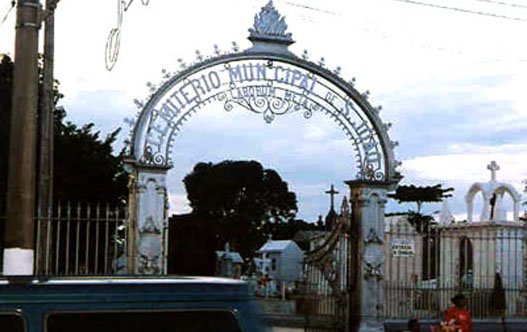
Among the illustrious personalities in St. John the Baptist Cemetery, there are the families of Dr. Aprígio Martins de Menezes, Colonel Jose Coelho de Miranda Leão and Eduardo Ribeiro. It is important to highlight the collective Masonic mausoleums.
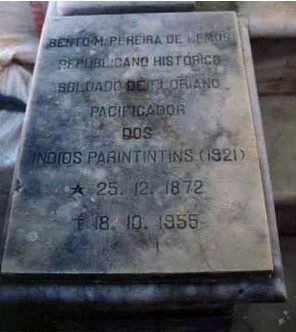
This conventional secularized cemetery has the peculiarity to spread within its area tropical trees and pines. It is known that the pines are not consistent with the warm climate of the city, however, they have a special meaning for the cemetery – symbolize the tree of life. The cemetery still preserves some of the 19th century luminaries, made of cast iron, art nouveau style.
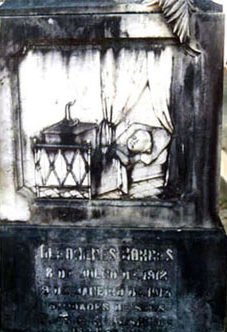
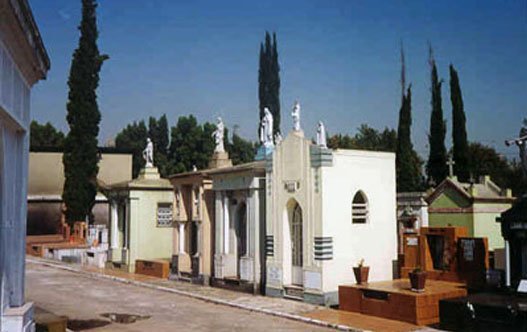
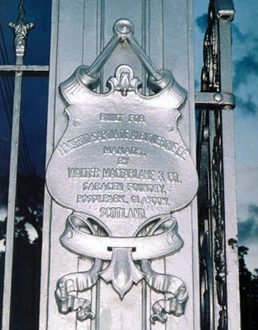
Cemetery is a cultural institution of the Western society. The preservation of its heritage is one way to legitimize it, as well as artistics and cultural activities carried on in situ.
+ 55 62 3225 5957 | + 55 62 996 143 427
E-mail: maelizia@terra.com.br
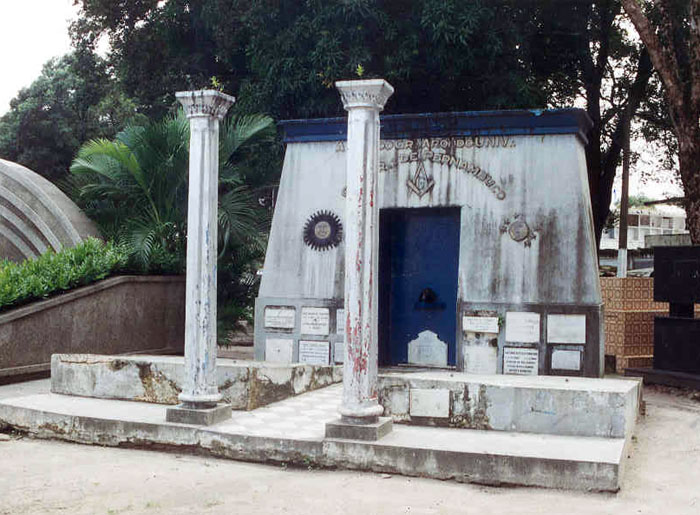
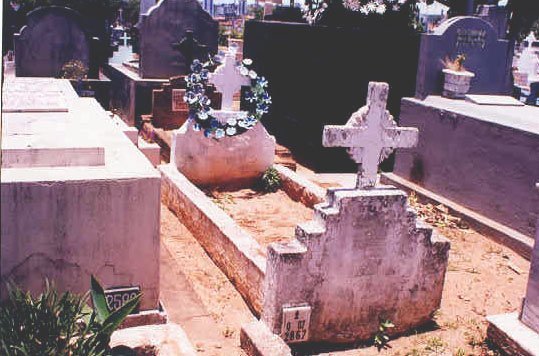 Cemitério do Alecrim
Cemitério do Alecrim 



